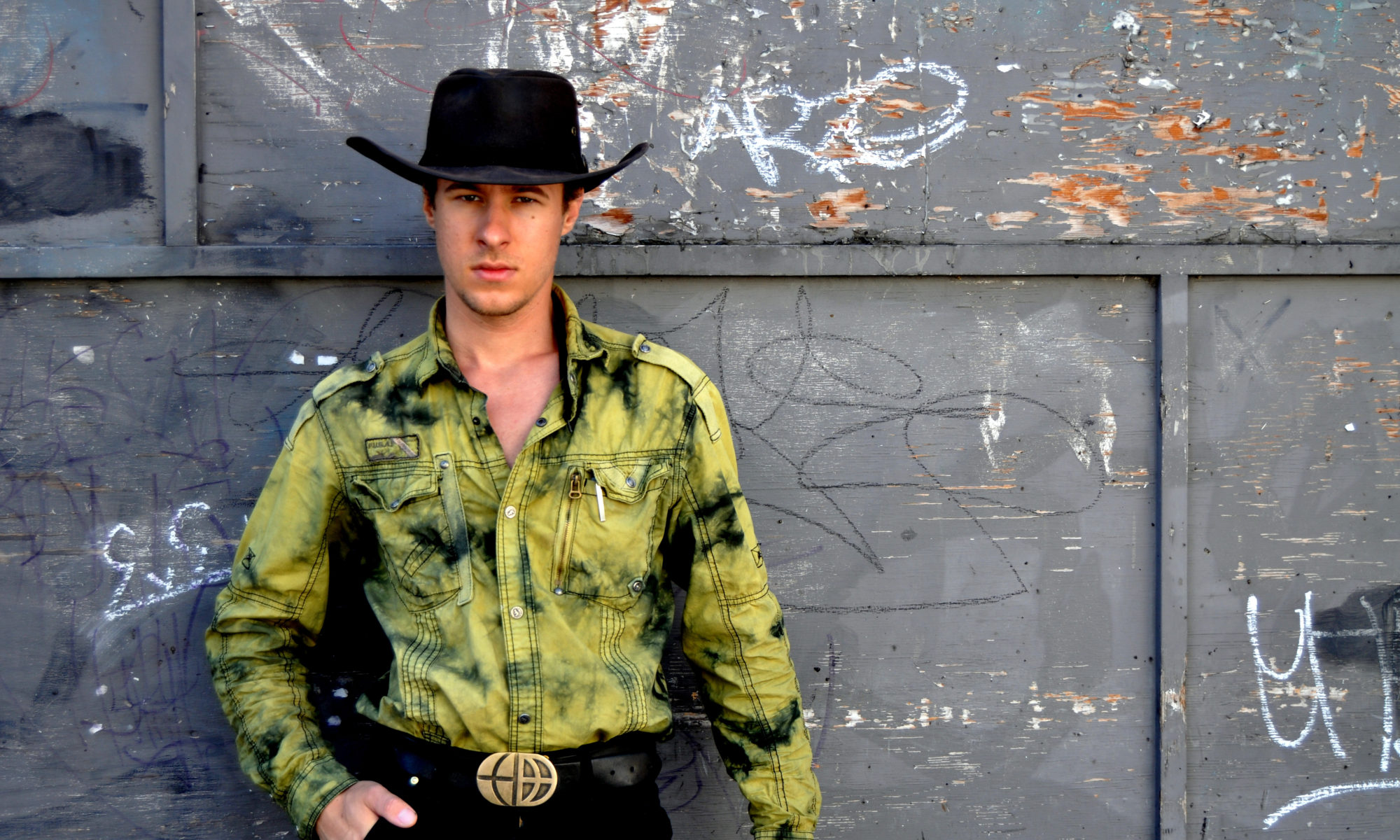I am a man of passion.
I am a man of light.
I am a man of transmission.
I am a man of fight.
I am a man of action.
I am a man of might.
I am a man of conversation.
I am a man of elation.
But it is times of silent reception,
Where I derive power.
I stand here with open hands.
In the darkness of the night
With my feet firmly in the land.
I take off my glasses
To not see the masses.
Rain comes down
Dripping to the ground
Washing away my ego
I am nothing
I am everything
The soil turns to mud.
I sink deeper.
I look through the rain towards the sky.
I sink deeper.
I feel the soft grass and rugged leaves brush my hands.
I sink deeper.
I smell the earth and the purifying scent of sage.
I sink deeper.
I hear the chatter of coyotes and the whistle of hawks.
I sink deeper.
There is darkness.
I am enveloped and free.
I am of the earth.
I am in the earth.
The heartbeat is loud. Her warmth is comforting
Roots grow through me. I am torn apart. Holes. Time passes. Contentment, happiness relief. My breath slows to the scale of glacial mountains. My consciousness swings outside of physical constraints. Like being pushed on a swing by an invisible hand. The pendulum swings progressively wider until there is no swing, only cycles. Faster and faster a vortexing whirlpool develops. I am the eye.
There is no movement and all movement.
No sound and all sound.
Nothing and everything.
Presence and future-past.
There is humming that reverberates in all of my being like a transformer on an electrical line.
With every exhale there is death and with every inhale there is birth.
What tremendous responsibility until you realize they are all the same. Animals exhale that which plants inhale. Trees exhale that which humans inhale. A spinning top, there is balance. Only the hologram exists. Feeling through others, is this compassion? I feel what they’re going through. I see through your eyes, hear through your ears, and smell through your nose. I understand your mental processes, your emotions. I feel your pain, heartbreaks, love, aspirations, losses, grief, ecstasy, joy, warmth, coldness, anger, rage, softness, gentleness, courage, peace….
So much to absorb. You have to be eaten by the earth to be able to absorb. Ever cell must split to allow experience to permeate fully. Tears fall while I dance with joy. The forward hope of exiting the womb with the finalness of dying and entering back to earth.
I close my eyes but I see.
I dampen my ears but I hear.
It’s so loud. It’s so bright.
Let it go. Let it go. Let it go.
Dissolve and expand. Salt melts into water. Ice melts into ocean.
Melt into oblivion; into everything.
You won’t remember when you remember everything.
The spiral encircles outward as images pass by with incomprehensible speed.
This is why they say the universe is expanding.
One after another.
Birth and death.
The odometer keeps ticking.
Calendars keep turning.
Muscles twitch like when in dream state.
Don’t forget to breath.
Momentum and inertia.
Dissolving into unification.
The rain drops turns to river turns to ocean.




